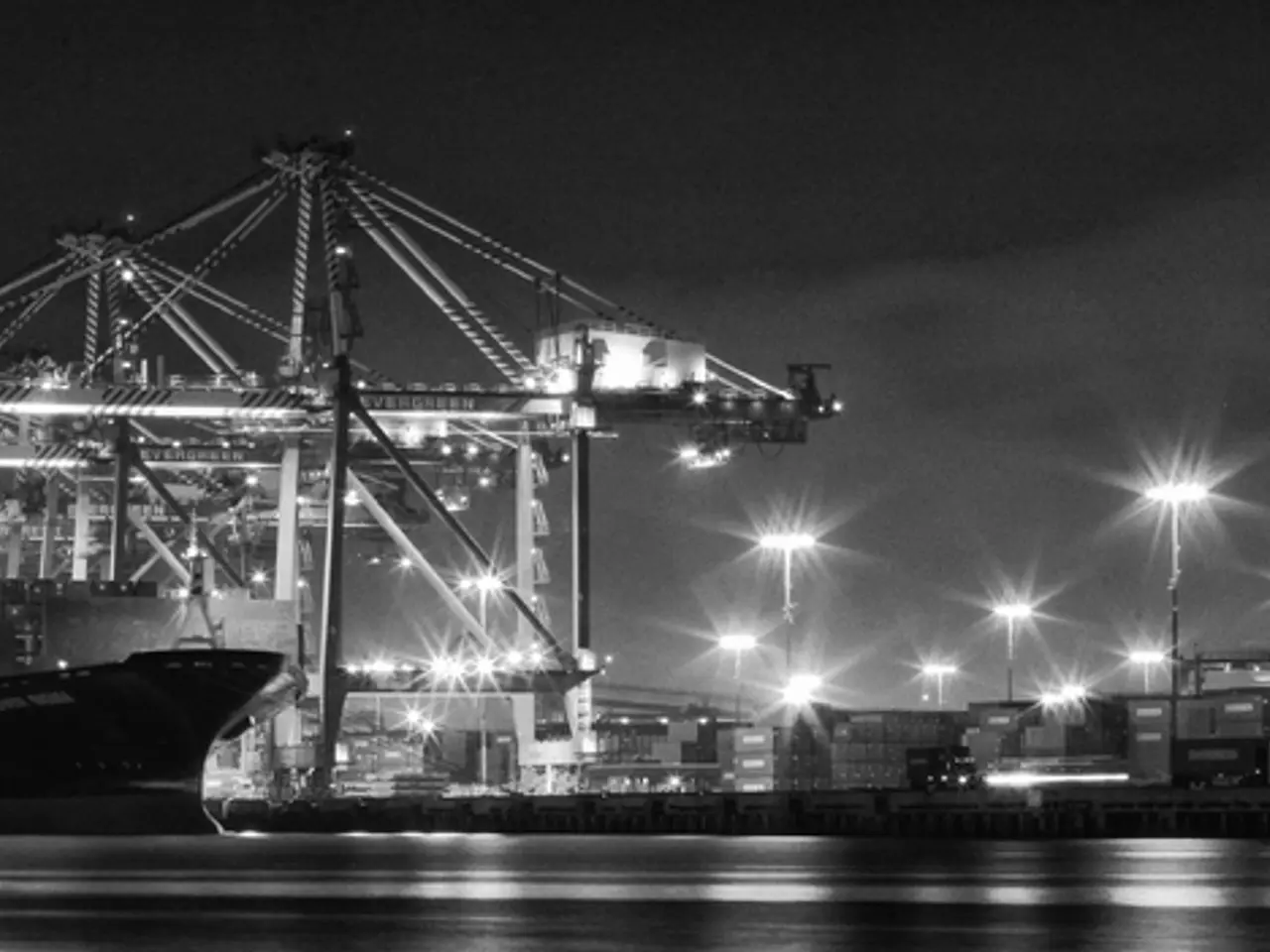Downsizing Deutsche Bahn: Thousands of ICE seats could vanish in long-haul travel
German Railways to Eliminate Thousands of Seats in Long-Haul Travel
Let's talk trains, folks! German Railways (DB) is on a roll, and it ain't pretty for those who love long-haul journeys. Rumor has it that DB is mulling over some drastic changes to its long-distance traffic. Yup, you heard that right—thousands of Intercity Express (ICE) seats could disappear by 2036, according to a sneaky internal doc spilled by Der Spiegel.
The bombshell report suggests that DB could slash its train and seat count, dropping from the current 265,000 seats to a mere 244,000 by 2036. Regional intercity trains would take the biggest hit, with a potential reduction of a whopping 23,000 seats from the existing 55,000. DB, however, says this number doesn't reflect actual customer seat availability in day-to-day rail life, but the total seats held in stock.
The document also hints at a fleet overhaul, with DB considering phasing out or selling all ICE3 high-speed trains and ICE-T trains with tilting technology. Even newer trains might not avoid the chopping block, as orders for 32 ICE-3 Neo trains could be delayed or calls for 19 ICE L-type trains might be abandoned altogether.
To make matters more concerning, 27 old double-decker trains of the IC2 type could be sold off, and DB sold some Kiss double-decker trains purchased in 2019 to the Austrian Federal Railways this year.
These moves are all part of DB's plan to save dough and avoid applying for EU subsidies. Last year, Der Spiegel reported that DB was contemplating scraping numerous underused long-distance connections due to surging track prices. It seems DB is continuing its budget-slashing ways with its rolling stock.
The financial squeeze is a significant factor, as DB tries to cut personnel costs to 50% of its revenue and boost its adjusted EBIT to €2 billion by 2027. The infrastructure modernization and upgrades also play a role, with large-scale projects like the Hamburg-Berlin line closure for nine months from August 2025 to April 2026 causing disruptions and requiring operational adjustments, potentially leading to service reductions or train sales during the construction period.
But it's not all doom and gloom. DB is going on the offensive for shorter ICE routes and offering deals for specific customer groups like young travelers and seniors to attract more passengers. DB wants to improve punctuality and service quality by 2027, making infrastructure investments and streamlining operations, so maybe these changes could lead to a better and more efficient rail system in the long run? Only time will tell. Stay tuned!
In light of DB's downsizing plans, it might be necessary for the community policy to address potential impact on long-distance travelers. The employment policy could also be affected, as the slashing of personnel costs to 50% of revenue would require significant restructuring within the company.
Industries such as finance and transportation, including the automotive sector, may witness noticeable changes due to DB's shift in focus towards shorter ICE routes and cost reduction measures. This could potentially alter commuting patterns and travel preferences among the public, possibly affecting the demand for train-related services and goods.




